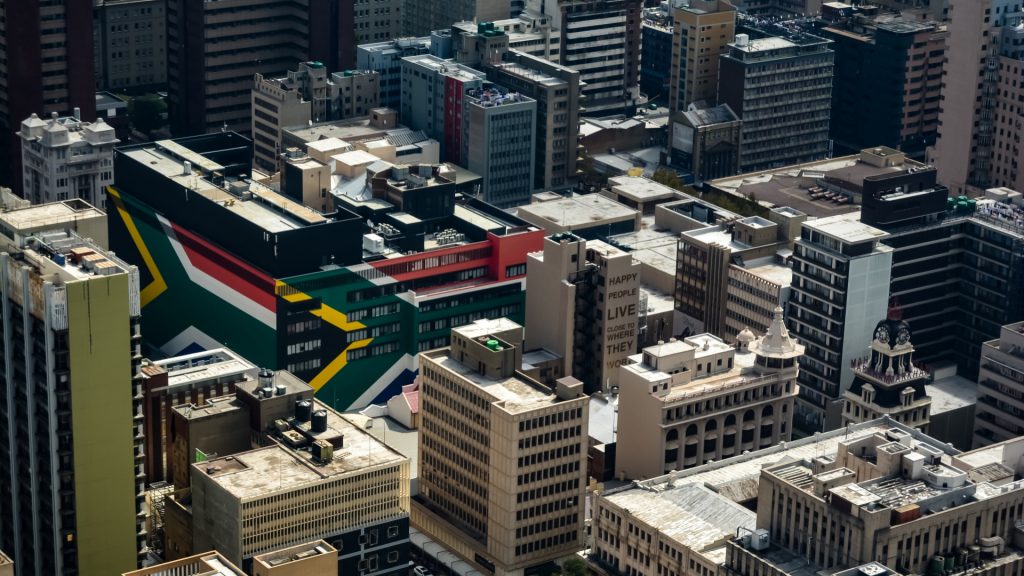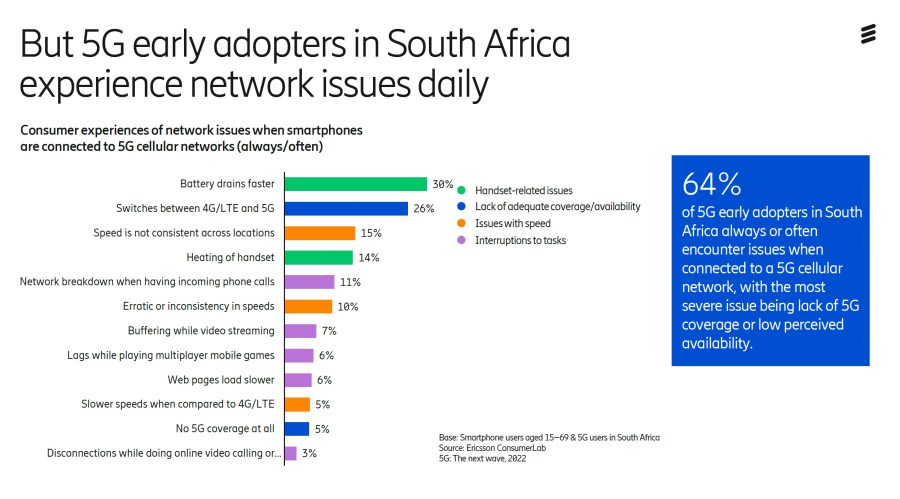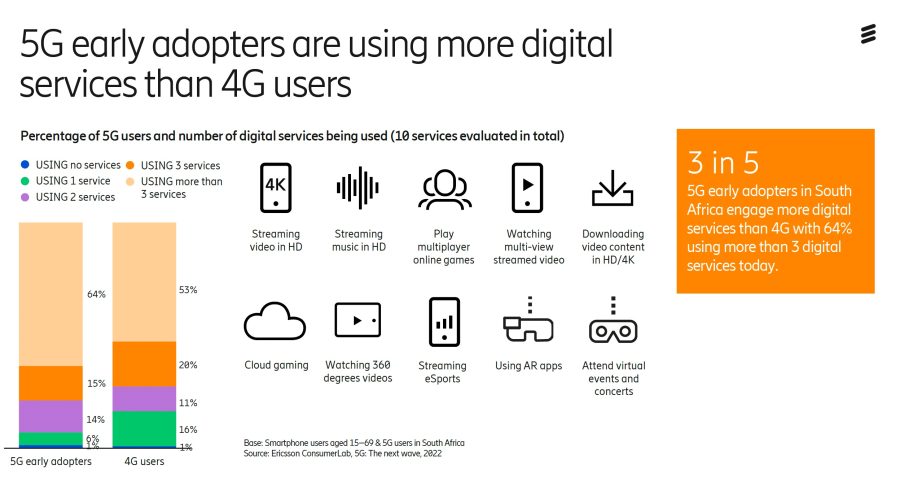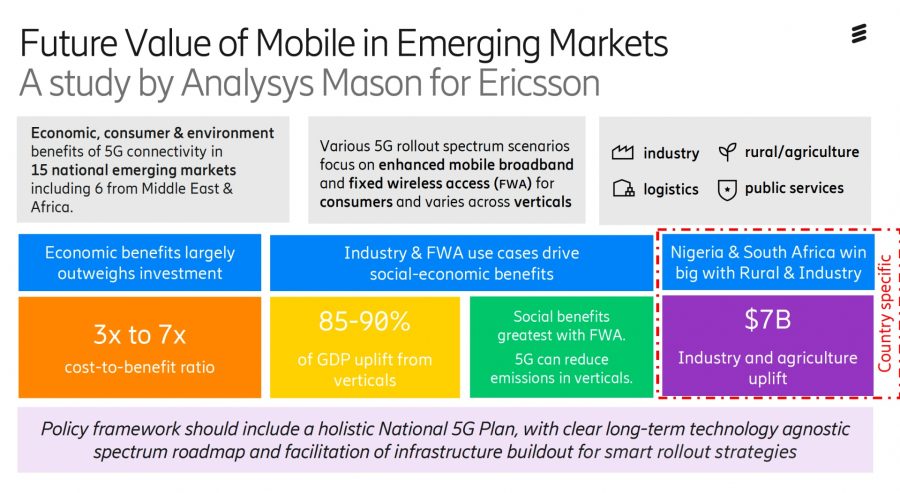- During AfricaCom 2022 earlier this year, 5G was top of the agenda for many, as it is seen as the enabler of many advancements on the continent.
- It is a significant focus for Ericsson too, which highlighted it during the latest Mobility Report.
- The company also unpacked some of the key trends driving 5G adoption for South Africa.
After what feels like years of waiting for spectrum allocation, 5G is a reality here in South Africa, with rollouts happening at varying degrees among the two biggest networks in the country. 5G was also the main topic of discussion at AfricaCom 2022 earlier this year, and many a company is looking to prioritise it moving forward.
According to Ericsson, which recently published its latest Mobility Report, 5G adoption in Sub-Saharan Africa (SSA) will be slow, with 4G still being seen as a more important technology as far as achievable penetration and connectivity are concerned.
Interestingly though, South Africa is a bit of an outlier compared to other countries both in SSA and the African continent, leading in many respects when it comes to 5G adoption.
To that end, Ericsson shared some of its insights as regards 5G adoption in South Africa, looking at six key trends in particular during a webinar presentation for local media.
Here is what the company had to share.
Looking at things from the consumer perspective, perhaps unsurprisingly Ericsson has found that 5G is being driven by early technology adopters in the country, with a very small percentage of tech enthusiasts making up the current users in South Africa. Ericsson notes that once this percentage passes 15 percent, the next wave of adoption will occur, so we are very much in the early stages of things compared to other more mature regions.
As for the experience of 5G locally to date, the four biggest current gripes are:
- Battery drains faster – 30 percent,
- Switches between 4G/LTE and 5G – 26 percent,
- Speed is not consistent across locations – 15 percent,
- Heating of handset – 14 percent.
Ericsson also adds that these early adopters experience the above issues, and more, daily. As such, while 5G has been dubbed the IoT enabler, there is still some growing pains as far as consumer experience is concerned. Networks, carriers and device manufacturers that are therefore able to address these pain points, might be able to secure lifelong customers.
Another unsurprising aspect to Ericsson’s findings is that 5G consumers are using more digital services than their 4G-only counterparts. As we saw during the latest Mobility Report, content aggregation will prove key moving forward, and bundling services together might be the best way to leverage the capabilities of 5G and win over customers.
“3 in 5 5G early adopters in South Africa engage more digital services than 4G with 64% using more than 3 digital services today,” adds Ericsson.
The main types of content being consumed are streaming-related, whether it be music, movies in 4K, watching esports or playing online multiplayer games.
This brings us to another trend – the metaverse – which much to our chagrin, is seeing an uptick of use locally as a result of 5G adoption. Here Ericsson says, “5G early adopters on average spend 1 hour more per week in metaverse-related services than 4G users,” adding that, “In South Africa, 1.2 times more 5G early adopters engage in metaverse activities on a weekly basis than 4G users.”
Lastly Ericsson highlighted what 5G will mean for industries in emerging markets. Looking at where it will have an effect, it is expected to benefit six markets from the Middle East and Africa.
Nigeria and South Africa in particular are predicted to see something positive, with it expected to generate $7 billion in industry and agriculture upliftment. SA accounts for the majority of this figure at around 70 percent, with this change predicted in the coming years should the private and public sector find a way to work together.
As such, there is quite a bit to be excited about regarding 5G adoption in South Africa. Our only hope is that ongoing loadshedding, rising cost of living, as well as government corruption do not scupper any potential progress or innovation.
[Image – Photo by Jacques Nel on Unsplash]






